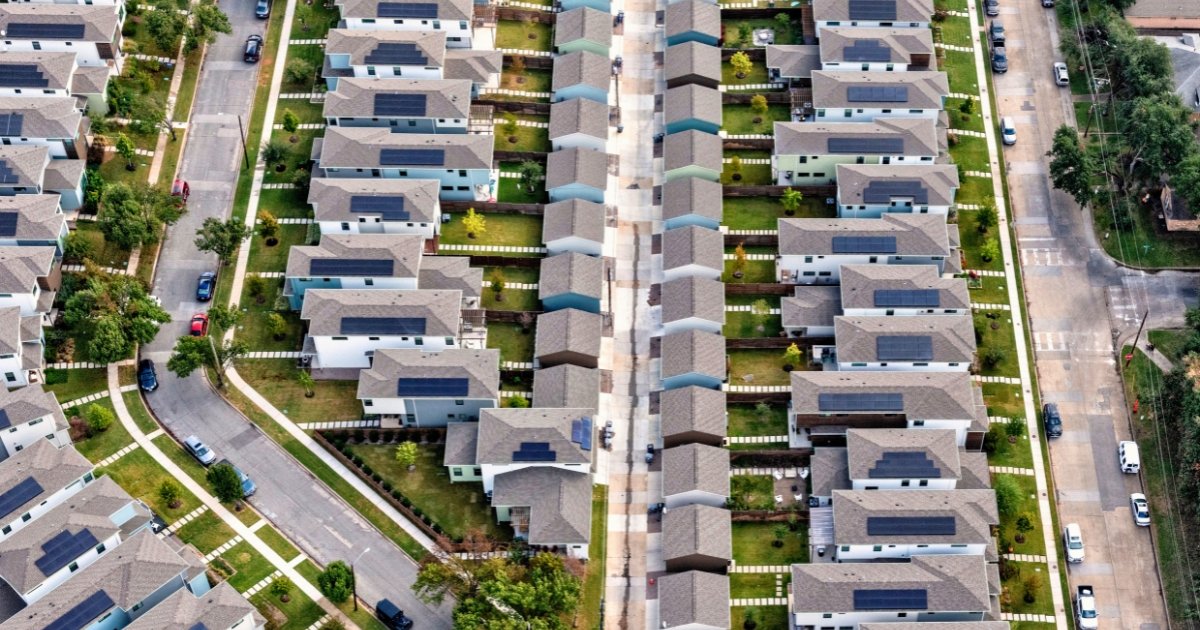
The United States has set ambitious goals for transitioning to a cleaner, more sustainable energy future. But achieving these goals requires not just large-scale advancements in solar farms and wind parks, but also widespread adoption of renewable energy solutions at the local level. This is where the Rural Energy for America Program (REAP) steps in and plays a vital role.
REAP isn’t just about helping farms and rural businesses save money on their energy bills. It’s a crucial program that contributes to America’s energy goals in several key ways:
- Boosting Renewable Energy Adoption: By providing financial assistance for renewable energy installations, REAP directly expands America’s portfolio of clean energy sources. Solar panels on a barn roof, a wind turbine powering a rural clinic, or a geothermal system heating a greenhouse – these REAP-supported projects all contribute to a more diverse energy mix, reducing reliance on fossil fuels and their associated emissions. This diversification strengthens the nation’s energy security and reduces vulnerability to price fluctuations in traditional fuel markets.
- Promoting Energy Efficiency: Upgrading equipment and infrastructure to optimize energy use is another key component of REAP. This not only reduces overall energy consumption for participating farms and businesses, but also minimizes the strain on the existing power grid. A more efficient grid translates to lower energy costs for everyone, not just REAP participants. Additionally, reduced energy demand means less need for new power plants, minimizing environmental impact.
- Empowering Rural Communities: Rural areas are often prime locations for renewable energy projects – think vast expanses of land with consistent sunlight or wind patterns, or readily available geothermal resources. However, financing such initiatives can be a challenge for these communities. REAP helps bridge this gap, empowering rural communities to become active participants and leaders in America’s clean energy transition. This fosters rural economic development by creating new jobs in installation, maintenance, and potentially even biofuel production.
From Vision to Reality: Highlighting REAP’s Tangible Impact on Rural Communities
The impact of REAP goes beyond statistics – it’s about real change on the ground. In our next blog post, we’ll showcase REAP success stories. We’ll highlight specific examples of farms and rural businesses that have leveraged REAP to achieve energy independence, reduce their environmental footprint, and even create new economic opportunities. Stay tuned to see how REAP is making a tangible difference in communities across America!





